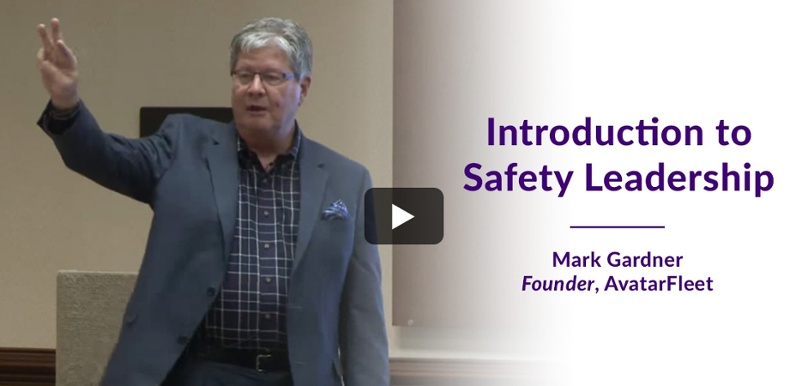The Origins of the Driver Problem featuring Mark Gardner of AvatarFleet
Scott Rea
May 22, 2020
Scott sits down for a chat with AvatarFleet CEO Mark Gardner to talk about his experiences and knowledge that he's gained over a 30 year career in the trucking industry. As you may know, Gardner is the founder of AvatarFleet, and has worked to make trucking safer ever since he was seriously injured in an accident back roughly 30 years ago.
The first topic discussed is the term "Driver Problem" itself. Gardner rejects the term "Driver Shortage" because goods are still getting shipped and store shelves are still stocked. If there were truly a driver shortage, none of this would be happening. Factors leading to the driver problem have turned good truck driving jobs with good pay into lower-paying jobs. For a time in the 80's when deregulation hit, the job market opened up to lower quality carriers and drivers, which took a hit on the reputation of truck driving as a career choice.
Now, job quality is getting better, but the driver quality and perception of the job has yet to recover, thus causing the driver churn that leads us to the Driver Problem.
The discussion shifts to recruiting, as Rea and Gardner recount their days working as recruiters and struggling to find channels or sources that provided numerous high-quality leads. But despite no longer being in the recruiting game, they acknowledge that the key to recruiting is attracting drivers that are relatively happy with their job and stay around longer versus the job-hoppers that traditional job boards attract.
Another challenge is speed-to-hire. If recruiters have to sift through 800 applications only to find 20 quality candidates, the time spent filtering has already lost them 10 of the 20 targets to other job opportunities.
When it comes to safety, compliance, and dispatch, Gardner contends that retention centers around a mission or a declaration, and all departments following that declaration. Leadership's role is to set the vision/expectation, and create rituals and practices which help the rest of the team to fulfill the vision and accomplish the same goals.
Given Gardner's history of working in the trucking industry, he observes a few key differences from when he started to now: society is more competitive, meaning pricing is impacted due to our pursuit of the almighty dollar. We're hyper-sensitized to pricing and fees.
Secondly, with truckload taking over LTL as the predominant practice, driver quality of life and amount of home time has been reduced as well.
What hasn't changed is the simple nature of the business: driving a box from one place to the next. The business around how that gets done is different, but it's important to remember what trucking really is underneath the rest.
Finally, Garnder tells Rea that his proudest accomplishments are (1) surviving to tell the tale of his crash and having success because of it, and (2) the success of his work to reduce the number of fatal accidents involving school buses and children. He has seen the number fall from the 75 to 80 range to next to zero thanks to better driving strategy centered on bus drivers.
Sign up for our newsletter
Get the latest articles on all things transportation delivered straight to your inbox.
Schedule a live demo

